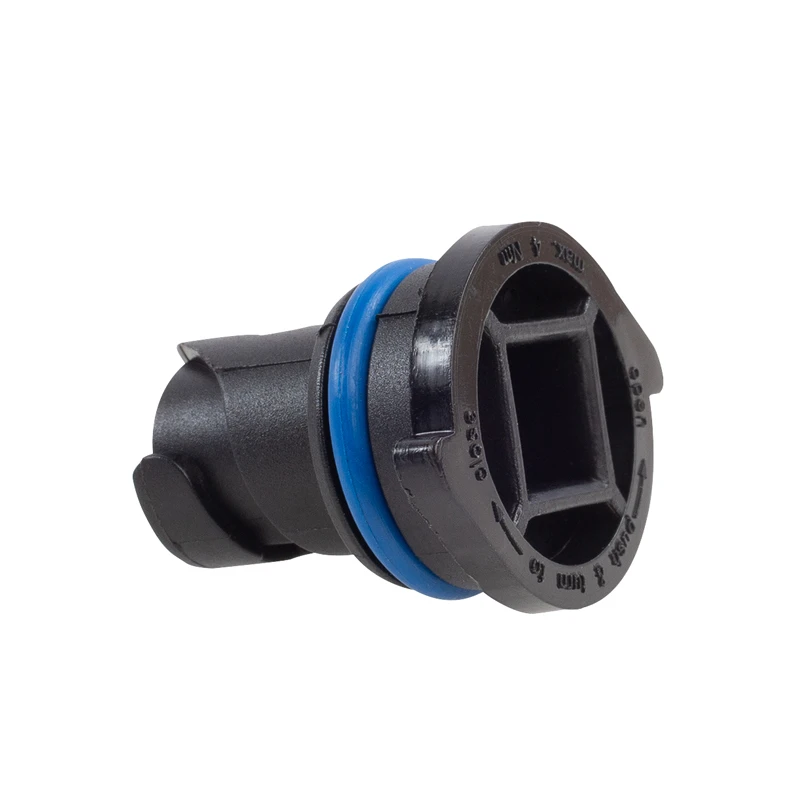mechanical oil seal types
Understanding Mechanical Oil Seal Types
Mechanical oil seals play a crucial role in various industries by preventing the leakage of lubricants and other fluids while protecting machinery from contaminants. Their primary function is to ensure the longevity and efficient operation of equipment, ranging from automotive engines to industrial machinery. This article will explore the different types of mechanical oil seals, their features, applications, and material compositions.
1. Types of Mechanical Oil Seals
a. Lip Seals Lip seals, often referred to as rotary seals, are commonly employed in rotating shafts. They typically feature a flexible lip that fits snugly against the shaft, creating a tight barrier against oil leakage. These seals are used in applications such as engines, transmissions, and hydraulic systems. Lip seals can be made of various materials, including rubber, polyurethane, and fluorocarbon, providing versatility for different working environments.
b. O-Ring Seals O-rings are circular seals made from various elastomers, and they serve multiple purposes, including oil sealing and pressure retention. They are widely used in dynamic applications, such as hydraulic cylinders and pneumatic systems. O-rings provide a simple yet effective sealing solution, and their design allows for easy installation and replacement.
c. Mechanical Face Seals Mechanical face seals consist of two flat surfaces that are pressed together, forming a barrier against fluid leakage. These seals are primarily used in applications with high pressures and temperatures, such as pumps and compressors. Mechanical face seals offer excellent sealing performance and durability, making them ideal for demanding industrial settings.
d. Labyrinth Seals Labyrinth seals use a series of interlocking grooves and ridges to create a complex path that fluid must navigate, preventing leakage. These seals are often used in applications where environmental sealing is critical, such as in aerospace and automotive engines. Although labyrinth seals may not provide a complete seal, their design minimizes the possibility of fluid escape under normal operating conditions.
2. Material Composition
The choice of materials used for mechanical oil seals is pivotal in determining their performance and longevity. Common materials include
- Rubber Typically used for lip seals and O-rings due to good flexibility, resilience, and resistance to wear and tear. However, rubber's susceptibility to temperature extremes can limit its application.
mechanical oil seal types

- Polyurethane Offers enhanced wear resistance and is suitable for high-pressure applications. Its robust nature makes it ideal for environments where chemical exposure is expected.
- Fluorocarbon Known for exceptional resistance to heat and chemicals, fluorocarbon seals thrive in extreme conditions and are often used in aerospace and chemical processing applications.
3. Applications of Mechanical Oil Seals
Mechanical oil seals have a broad range of applications across different sectors
- Automotive Industry Used in engines, gearboxes, and differentials to prevent oil leaks.
- Manufacturing Essential in hydraulic systems, ensuring efficient operation by preventing contamination and fluid loss.
- Agricultural Equipment Used in tractors and heavy machinery to maintain optimal performance and longevity.
- Aerospace Critical in engines and components where reliability and safety are paramount.
Conclusion
Mechanical oil seals are integral to the functionality and reliability of various machinery and equipment. Understanding the different types of oil seals, their materials, and applications can significantly impact maintenance protocols and operational efficiency. Selecting the appropriate seal depends on the specific needs of the application, including the type of fluid, temperature, and pressure conditions, ensuring optimal performance and durability in diverse environments.
-
Understanding Automotive Oil Seals: Essential Components for Engine and Shaft Protection
News Jul.30,2025
-
The Importance of Heavy Duty Seals in Industrial and Residential Applications
News Jul.30,2025
-
Exploring Industrial Oil Seals: From Felt Oil Seals to TTO and CFW Solutions
News Jul.30,2025
-
Essential Guide to Oil Seals: From Radial to Metal-Cased Seals for Industrial Reliability
News Jul.30,2025
-
Choosing the Right Oil Seals and Gaskets for Industrial and Automotive Applications
News Jul.30,2025
-
Cassette Seals: Durable Sealing Solutions for Harsh Environments
News Jul.30,2025
-
Understanding the Front Main Engine Seal: Purpose, Maintenance, and Installation
News Jul.29,2025
Products categories















